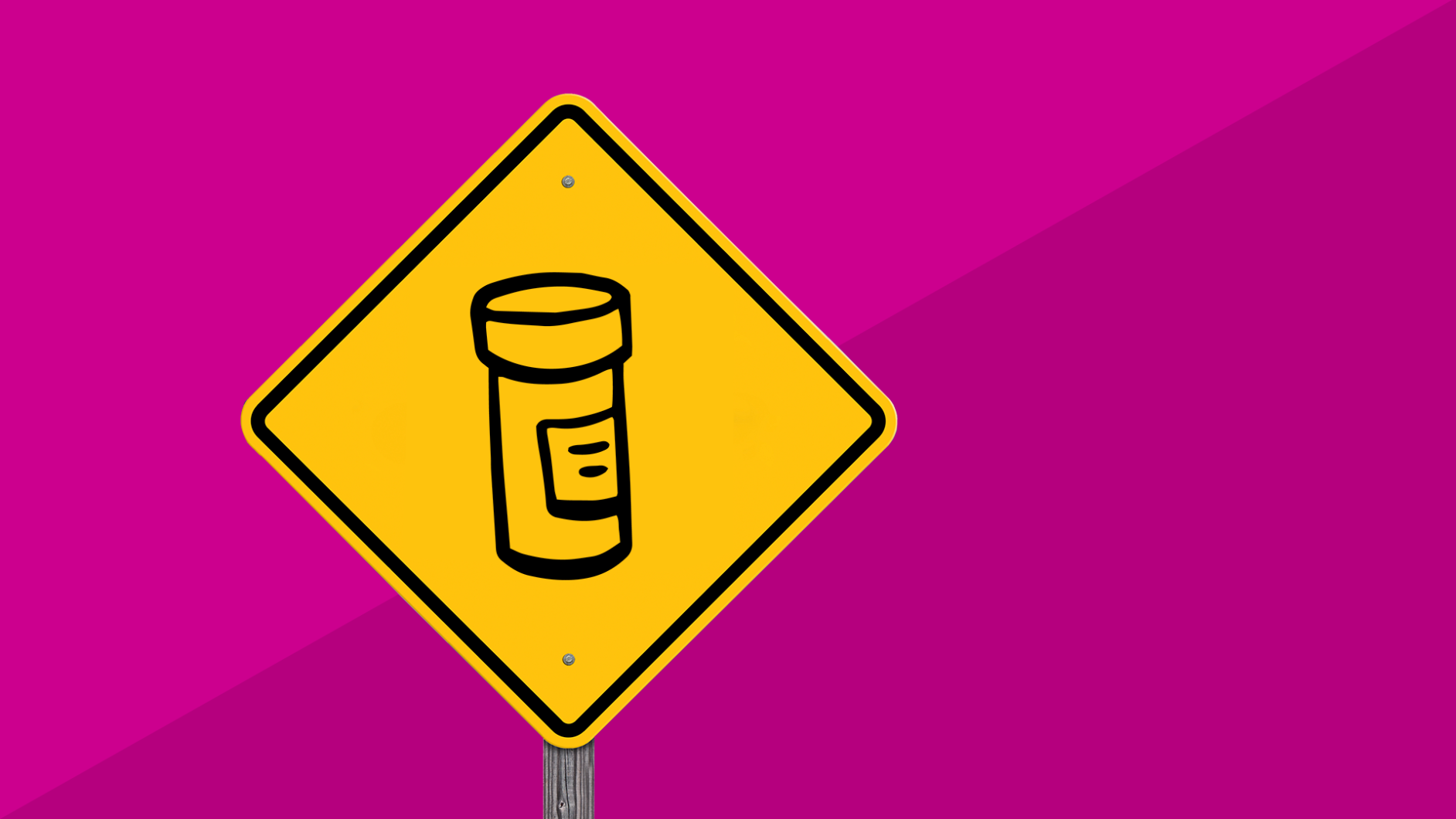Prescription opioids were originally prescribed for acute, short-term pain. In the 1990s, physicians broadened the use from short-term pain to chronic long-term pain because the medical community reassured patients that opioid pain relievers would not lead to addiction; thus leading to more opioids being prescribed by healthcare providers. Since then, the number of overdose deaths related to opioid misuse has quadrupled. The Centers for Disease Control and Prevention estimates that the economic burden of opioid misuse in the United States alone is $78.5 billion per year.
The emergence of the opioid epidemic
Opioid prescription numbers have increased in alarming rates in the past few decades. Between 1991 and 2011, the number of opioid prescriptions (selling under brand names like Vicodin, Oxycontin, and Percocet) supplied by U.S. retail pharmacies increased from 76 million to 219 million. Additionally, opioid medications have become more potent as demand has increased. Morphine used to be the strongest painkiller available for patients but alternative medications, many of them stronger, have become available—such as fentanyl and Dilaudid. In 2012, one in three opioid prescriptions prescribed to patients were stronger than morphine.
Opioid abuse is commonly perceived as the purchase of opioids on the black market or sold on the streets, but statistics show that Americans over 50 years of age are using opioids in high numbers and many of them are becoming addicted. Nearly 12 million Medicare patients were prescribed opioids painkillers in 2015. That same year, 2.7 million Americans abused their prescribed painkillers by taking them for reasons, or in amounts, beyond what they were intended to treat. Hospitalization in patients 65 years of age and older due to opioid abuse has increased fivefold over the past two decades.
As states and pharmaceutical companies alike have taken efforts to curb opioid abuse, opioids have become more difficult to abuse. An unintended consequence of this has been an increase in heroin use. It is estimated that 80% of heroin users become addicted to prescription pain medications first. Heroin is also much more affordable than prescription pain medications, costing around $50 for multiple doses compared to $100 for a single dose of OxyContin 80 mg. This has led to a significant increase in heroin use and consequently, a significant increase in opioid and synthetic opioid-related deaths.
There are three main waves of the opioid crisis:
- 1990s: The increase in opioid prescriptions leads to increased deaths from opioid overdose.
- 2010: There are more deaths from heroin as people turn to street drugs when prescriptions run out.
- 2013: Overdose deaths from synthetic opioids, like fentanyl, increase as they are cut with heroin, cocaine, and counterfeit pills.
In other words, the epidemic originated with overprescribing of opioids, but now includes illegal drug overdoses as well. Still, some of the pharmaceutical companies who heavily marketed opioids are paying millions to combat the epidemic.
Fighting the opioid epidemic
Many states have passed legislation increasing regulation of opioid prescriptions with measures such as:
- Limiting the quantity/duration of first-time opioid prescriptions
- Implementing state prescription drug monitoring programs (PDMP)
- Increasing monitoring of opioid prescriptions to prevent “doctor shopping” (a term referring to when patients go to multiple physicians in an effort to obtain a surplus of prescription medications)
- Educating patients on the potential risks of opioids
- Requiring electronic prescriptions to prevent forged prescriptions
- Mandating that unused prescriptions are destroyed
The U.S. Department of Health and Human Services (HHS) has developed five priorities to help manage the crisis:
- Improving access to treatment and recovery services
- Promoting use of overdose-reversing drugs
- Strengthening our understanding of the epidemic through better public health surveillance
- Providing support for cutting-edge research on pain and addiction
- Advancing better practices for pain management
The National Institutes of Health (NIH) developed a three-pronged approach to use science to better manage the opioid crisis. Their plan is as follows:
- Safe, effective, non-addictive strategies to manage chronic pain
- New, innovative medications and technologies for opioid use disorders
- Improved overdose-reversal interventions to save lives and support recovery
Other organizations such as the National Institute on Drug Abuse are joining the fight against opioid abuse. The U.S. Department of Health and Human Services allocated nearly a billion dollars in grants to states for prevention programs, treatment, and training for health professionals. Already 46 states have caps on the quantity of opioid medications that a Medicare patient can receive and 42 states now require a person to meet medical criteria before getting an opioid prescription through Medicare.
Public health officials are calling the current opioid crisis the worst drug crisis in American history. Through the efforts of HHS, NIH, the scientific community, and other organizations, our country hopes to get a grip on the opioid crisis and stop it in its tracks.



